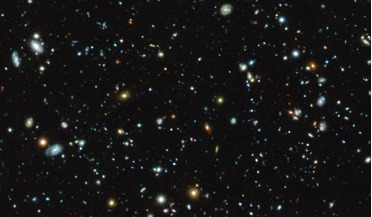 29 November 2017
Deepest spectroscopic survey completed of the Hubble Ultra Deep Field
29 November 2017
Deepest spectroscopic survey completed of the Hubble Ultra Deep Field
...galaxies are something of a conundrum as our current understanding of star formation cannot fully explain why they seem to shine brightly in this... for all the galaxies!” The internal motions of stars in the early Universe, along with galaxy merger ...
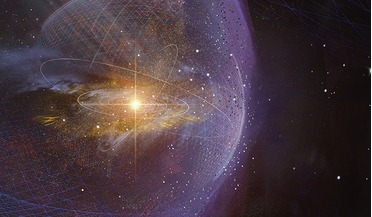 January 2022
Revealing the magnetic universe
January 2022
Revealing the magnetic universe
... and combining these seemingly diverse processes to probe the connections in other galaxies between the gravitational interaction, star formation, spiral density waves and the nature of magnetic fields. We still have much to learn about our place...
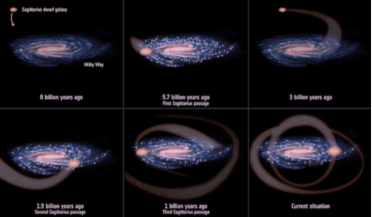 25 May 2020
Clashing galaxies may have triggered Solar System formation says new study
25 May 2020
Clashing galaxies may have triggered Solar System formation says new study
... provided some tests of Einstein’s theory of general relativity. “This is really the first time that we see a detailed star formation history of the Milky Way, says ESA Gaia project scientist Timo Prusti. “It’s a testament to the scientific power...
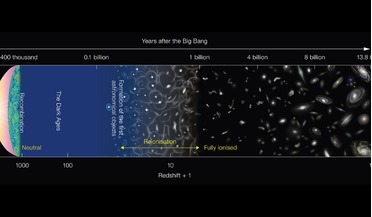 29 January 2018
Astronomers discover a fossil of the Reionisation era
29 January 2018
Astronomers discover a fossil of the Reionisation era
... supernovae completely blew out the gas from the galaxy, thus preventing the formation of any new stars. Either way, the discovery that star formation activity within Sextans corresponds to this crucial turning point in the Universe's evolution...
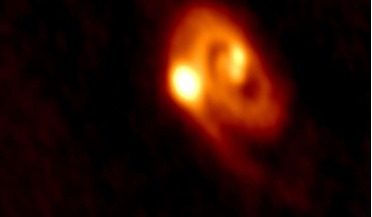 27 October 2016
Rare newly forming triple star system observed by astronomers
27 October 2016
Rare newly forming triple star system observed by astronomers
... of astronomical units), provide direct observational support for the two dominant theoretical models for binary/multiple star formation.” The two main theories that Tobin refers to are either small scale fragmentation of a massive protostellar disk...
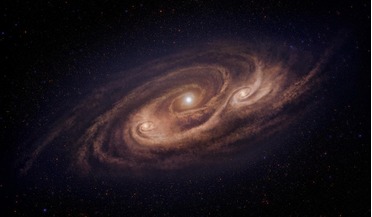 30 August 2018
Unstoppable monster galaxy puzzles and enlightens astronomers
30 August 2018
Unstoppable monster galaxy puzzles and enlightens astronomers
...lives, it adds to the outward pressure. The cloud therefore becomes balanced again and star formation continues at a moderate pace. In this way star formation in galaxies is self-regulating. But, in COSMOS-AzTEC-1, the pressure is far weaker than the...